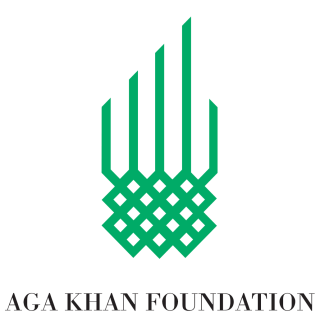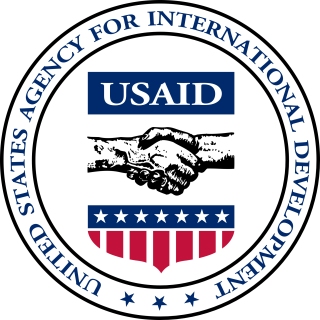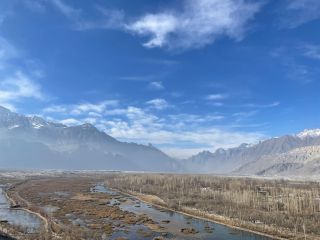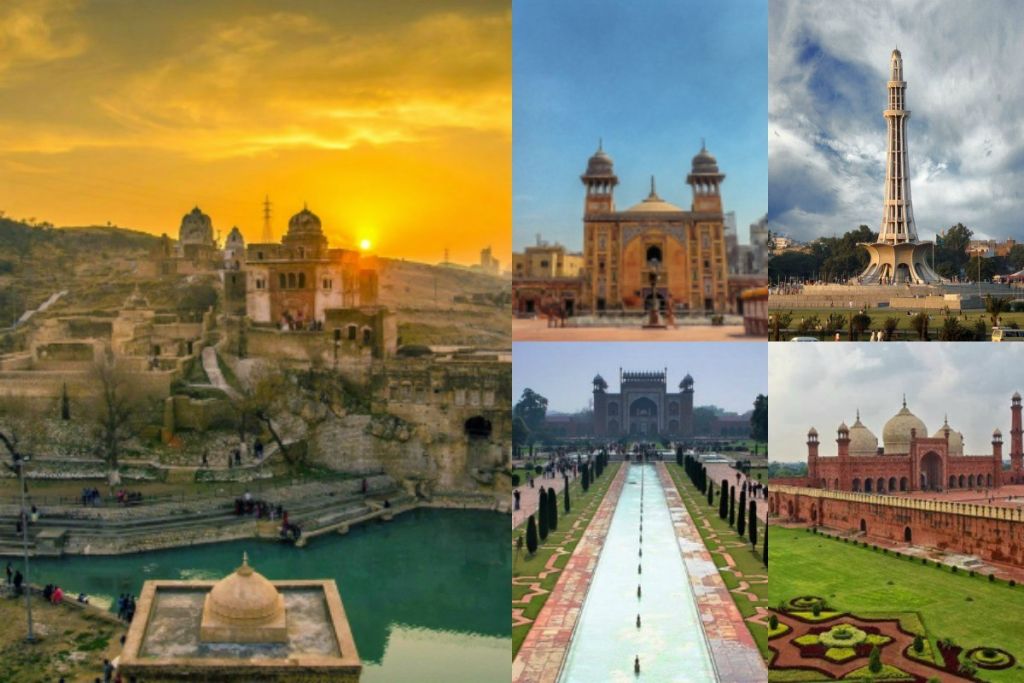
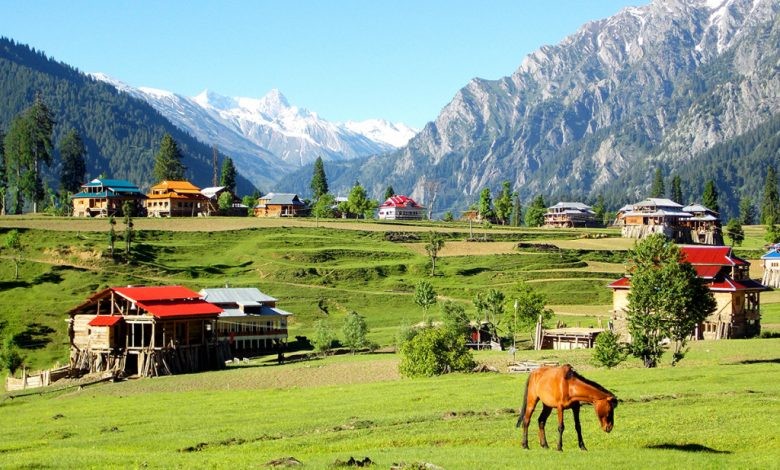
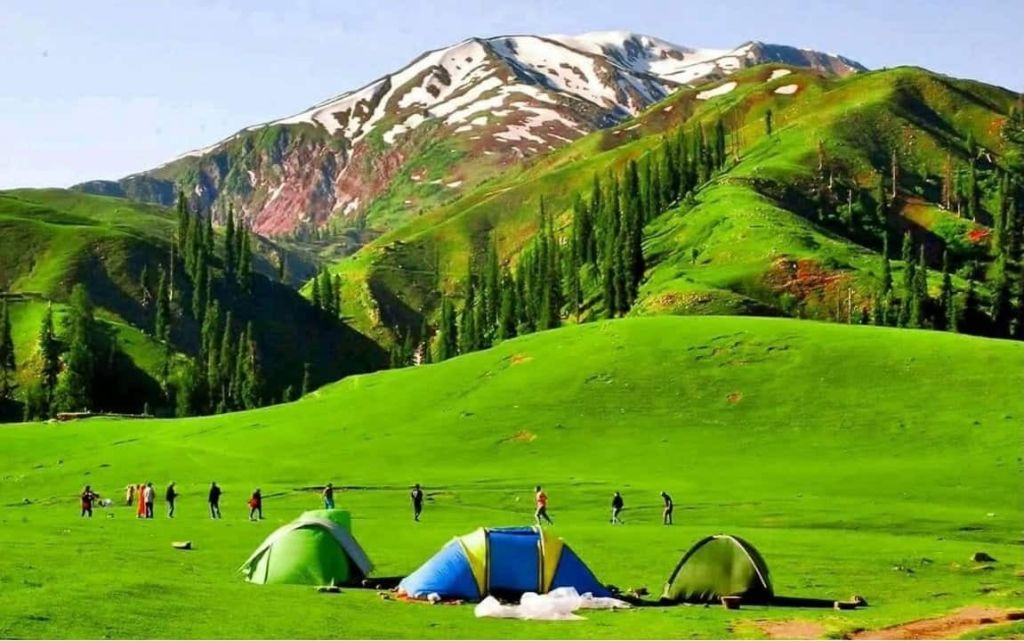
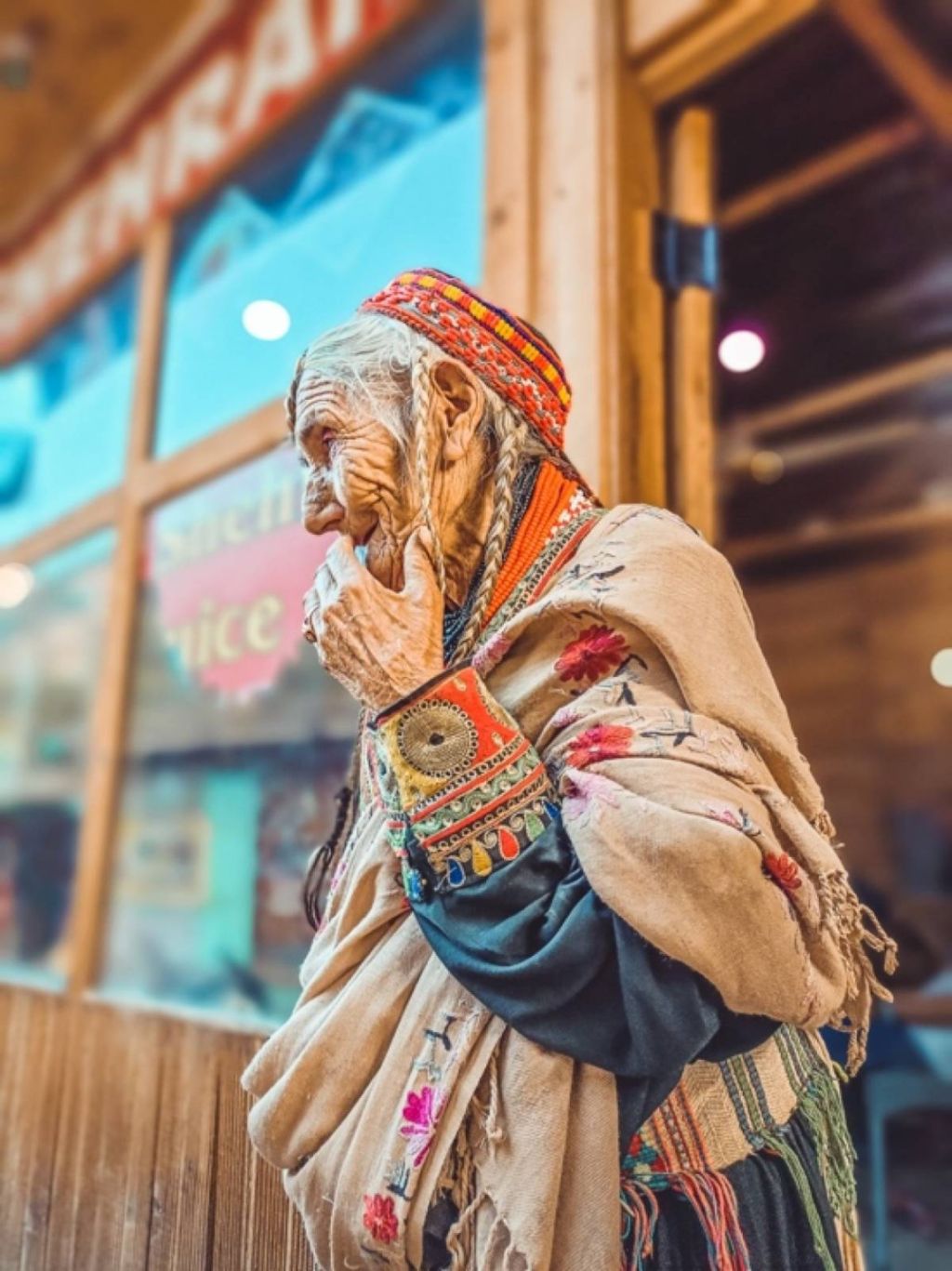
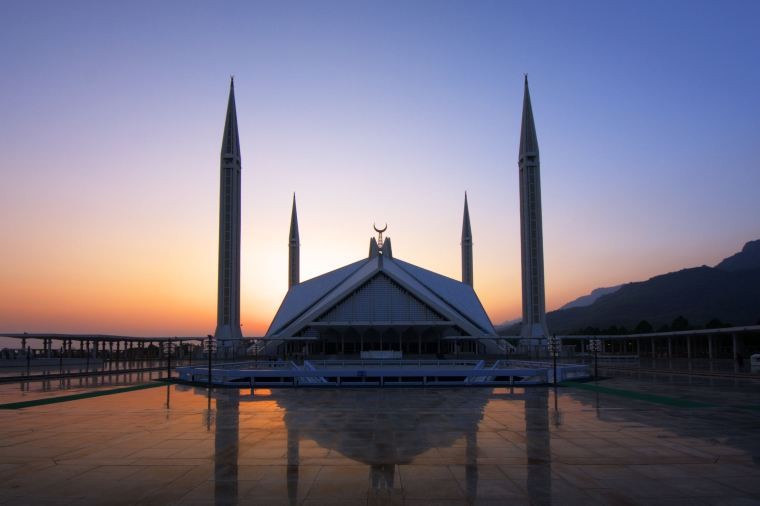
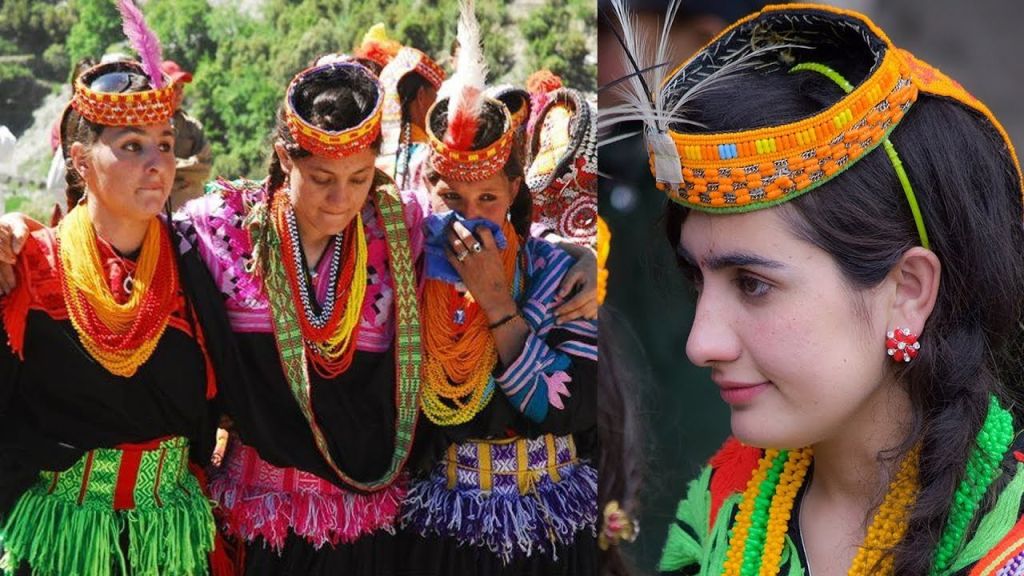
Pakistan (Islamic Republic of Pakistan) is an Islamic republic in South Asia surrounded by Iran, Afghanistan, China, India and the Arabian Sea. Pakistan was founded on August 14, 1947 at the end of the partition of India in the form of a state made up of two parts separated by nearly 1,600 km of Indian territory. Since its creation, it has maintained strained relations with India due to competing territorial claims over Kashmir, the two countries having clashed through three successive wars. Pakistan, on the other hand, is an ally of the United States and maintains cordial relations with China. The country has nuclear weapons after conducting official tests in 1998.
The populations of Pakistan are Indo-European, mainly Indo-Aryan (80%) and Iranian (20%), both ethnically and linguistically. With nearly 212 million inhabitants in 2017, Pakistan is the fifth most populous country in the world5, with the second largest Muslim population after Indonesia. It is a federal republic and the provinces have certain powers and democratic institutions. The borders of the four provinces roughly correspond to the main ethnic groups. Urdu is the official language of the country, but in reality the majority of the population speaks one of the languages used by the main ethnic groups of the country, namely Punjabi, Pashto, Sindhi and Baluchi.
Politically, Pakistan is characterized by a confrontation between the military who carried out three coups d’état and various political forces. The country’s history has been marked by Ali Jinnah, Ali Bhutto, his daughter Benazir and Nawaz Sharif, as well as the coups d’état of army chiefs Ayub Khan in 1958, Zia-ul-Haq in 1977 and Pervez Musharraf in 1999. The political system is parliamentary but has sometimes been semi-presidential, especially under military regimes. Suffering regularly from the instability of its Afghan neighbor, the country has experienced a Taliban insurgency originating in the tribal regions of the North West, and the army has been carrying out military operations against them since 2004. Numerous terrorist attacks, often claimed by the Pakistani Taliban, have struck the country especially since 2007, though things are a lot safer now and the area near Peshawar and Swat is now safe to visit thanks to the efforts of the Pakistani army.
History of Pakistan
Ancient history
The Indus region was the site of several ancient cultures including Mehrgarh, one of the oldest known cities in the world, and the Indus Valley Civilization (2600 BC to 1800 BC) to Harappa and Mohenjo-daro. Waves of conquerors and migrants, including Aryans, Persians, Indo-Greeks and Muslims settled in Pakistan throughout the centuries, influencing the natives. The region is a crossroads of historic trade routes, including the Silk Road.
In the territory occupied by Pakistan, the civilization of the Indus Valley was influenced in the mid-2nd millennium BC by the arrival of Aryan civilization, which gave rise to Vedism which laid the foundations of Hinduism. The Rig-Veda mentions Arya-Varta (the land of the Aryans) as Sapta Sindhu (the land of the seven rivers of North West South Asia, one of them being the Indus), this corresponds to Pakistan’s current Punjab region. Successive empires and kingdoms ruled the region of the Persian Achaemenid Empire around 543 BC, to Alexander the Great in 326 BC and the Maurya Empire. The Indo-Greek kingdom founded by Demetrius of Bactria included Gandhara and Punjab in 184 BC, and reached its greatest extent under Menander I, establishing the Greco-Buddhist period with advances in trade and culture. The town of Taxila (Takshashila), one of the country’s main archaeological sites, has become an important center of study in ancient times.
British Raj
The current territory of Pakistan falls under the part of the Indian subcontinent colonized by the British from the seventeenth century and, more particularly, the collapse in 1849 of the Sikh Empire, a non-Muslim state centered on the city of Lahore. First submitted to the authority of the East India Company, the territory was transferred to the British Crown after the Sepoy Revolt of 1857.
The movement for Indian independence gained momentum from the end of the 19th century and the beginning of the 20th century. Faced with the Indian National Congress, which aims to represent all Indians but has a majority of Hindus, the Muslim League was created in 1906 to defend the interests of Muslims. At this time, the theory of two nations emerged, which considered that Muslims and Hindus in India formed two separate nations. It served as the basis for the movement for Pakistan which aimed to obtain a separate state for the Muslims of the British Raj and gained momentum, particularly from the 1930s.
Towards independence
During World War II, Congress refused to help the British war effort unless the entire Indian subcontinent gained independence. Conversely, the Muslim League supported the British, through political cooperation and a human contribution.
The Muslim League won all the seats reserved for Muslims in the 1945 elections and bloody clashes between Muslims and Hindus or Sikhs pushed the British to accept a partition of the country. On August 15, 1947 at midnight, the British Raj was separated into two independent dominions: India and Pakistan, separated by the Radcliffe line. Pakistan’s territory was then made up of regions with a Muslim majority and formed of two distinct parts, separated by 1,600 km of Indian territory. The violence that followed the partition left hundreds of thousands to a million dead and 12.5 million people were displaced. The case of Kashmir remains the only point of border dispute between the two countries.
Instability and the first dictatorship
Since its inception, Pakistan has never really experienced stability. The country’s history is marked by three coups d’état and periods of democracy characterized by strong political instability. Seven Prime Ministers succeeded one another between 1947 and 1958 while long and laborious debates in the Constituent Assembly ended up culminating in 1956 in the first Constitution of the country, until now under the dominion regime. However, the head of the army Ayub Khan instigates a coup and dismisses President Mirza on October 27, 1958. Martial law was established until 1962 and the country lived under the yoke of a military dictatorship for eleven years.
First popular, Ayub Khan was weakened by the second Indo-Pakistani war of 1965 and then the rise of the opposition. Under the pressure of a popular movement, he left power in 1969 but handed it over to another soldier, Yahya Khan. The latter, however, conceded the first free elections in 1970, won by two left-wing opposition groups. Largely in the lead, the Awami League is demanding power and autonomy from East Pakistan, which the military refuses. In 1971, the situation degenerated into a war of secession, and this eastern part of the country declared itself independent and became Bangladesh thanks to the military intervention of India.
Socialism and Islamization
In December 1971, following this debacle, the army relinquished power to Zulfikar Ali Bhutto, whose Pakistan People’s Party (PPP) dominated the rest of the National Assembly. The man re-established a civilian regime, tried to contain the power of the military and recognized Bangladesh. First president, Bhutto became Prime Minister in 1973 and established a new Constitution, still in force today. He leads a policy claiming Islamic socialism leading to the nationalization of the main banks and industries of the country. However, he was widely criticized for his authoritarianism and repression of the opposition.
While Bhutto was widely suspected of fraud during the 1977 elections, a military coup led in July by army chief Zia-ul-Haq led to the execution of the prime minister in 1979. The general established a regime authoritarian where martial law was imposed until 1985, the room for maneuver of political parties reduced and political opponents imprisoned, including Benazir Bhutto who led the opposition. Zia passed amendments to the Constitution in 1985 in order to broaden the powers of the president, and also carried out a broad policy of Islamization of society and privatization of the economy. The Hudood ordinances set up Sharia law and the ban on blasphemy was reinforced in 1986. He died in an air crash with unclear causes on August 17, 1988.
Democratic fragility and coup d’etat
Following the legislative elections of 1988, the National Assembly elected Benazir Bhutto, head of the PPP and daughter of Ali Bhutto, Prime Minister. After twenty-one months at the head of the government, she was dismissed from her post by President Ghulam Ishaq Khan in 1990, who accused her in particular of abuse of power. Thus, the decade was marked by competition between the Prime Minister, holder of power according to the Constitution of 1973, and the Head of State, who benefited from the 1985 amendments.
The 1990 elections brought Nawaz Sharif, head of the Islamic Democratic Alliance, to the post of Prime Minister. However, he came into conflict with President Ghulam Ishaq Khan in 1993 and the army pushed for the resignation of the two men and new early elections. Benazir Bhutto returned to his seat as Prime Minister after the 1993 elections, and Farooq Leghari was elected president at the same time. Accused of corruption, Bhutto was again deposed by the president in 1996 and went into exile in 1998. Nawaz Sharif was again Prime Minister in 1997, until the coup d’état by Pervez Musharraf in 199911.
Musharraf officially became president in 2001, then passed amendments to the Constitution strengthening his power in 2003. From 2004, the Pakistani army was confronted with an Islamist insurgency in the North-West, mainly led by the Pakistani Taliban. The fighting and terrorist attacks intensified especially in 2007 with the assault on the Red Mosque. In addition, Musharraf passed the law to protect women in 2006, which goes back on certain Islamist provisions of Zia.
Back to democracy
From 2006, the power of Pervez Musharraf was increasingly weakened by the union of the opposition and then the movement of lawyers. In November 2007, Benazir Bhutto returned to Pakistan after a nine-year exile to lead the PPP for legislative elections, allying with Nawaz Sharif to oppose the president. She was assassinated in Rawalpindi on December 27, 2007, during a suicide bombing attack, after an electoral meeting.
The legislative elections of February 2008 mark the victory of the PPP which allied with other parties to obtain the resignation of Musharraf. In September 2008, Asif Ali Zardari, widower of Benazir Bhutto, was elected president while Youssouf Raza Gilani and Raja Pervez Ashraf succeeded each other as Prime Minister. A constitutional reform was voted in April 2010 and returned to the Prime Minister the most important part of the executive power, restoring the institutional balance envisaged in 1973.
Following the legislative elections of May 2013, the Muslim League of Nawaz Sharif won an absolute majority and the latter became Prime Minister for the third time. Following the case of the Panama Papers, he was indicted by the Supreme Court for tax evasion and corruption and then dismissed in 2017. On August 18, 2018, Imran Khan became Prime Minister thanks to his party’s victory in the legislative elections.

